Home>Gardening & Outdoor>Landscaping Ideas>How To Encourage New Grass To Grow Faster


Landscaping Ideas
How To Encourage New Grass To Grow Faster
Published: January 24, 2024
Learn effective landscaping ideas to encourage new grass growth faster. Discover expert tips and techniques for enhancing your lawn.
(Many of the links in this article redirect to a specific reviewed product. Your purchase of these products through affiliate links helps to generate commission for Storables.com, at no extra cost. Learn more)
Introduction
So, you've decided to transform your lawn into a lush, green oasis. Watching new grass sprout and flourish can be incredibly rewarding, but it requires patience, dedication, and a bit of know-how. Whether you're establishing a new lawn or revitalizing an existing one, understanding the key factors that influence grass growth is essential. In this comprehensive guide, we'll delve into the intricacies of encouraging new grass to grow faster, covering everything from soil preparation and seed selection to watering techniques and maintenance. By the end of this journey, you'll be equipped with the knowledge and strategies to nurture a vibrant, thriving lawn that will be the envy of the neighborhood.
Let's embark on this green-fingered adventure and unlock the secrets to fostering rapid grass growth.
Key Takeaways:
- Preparing the soil, choosing the right grass seed, and employing proper planting and watering techniques are essential for encouraging new grass to grow faster.
- Consistent maintenance, targeted fertilization, and proactive management of common challenges are crucial for nurturing healthy and enduring grass growth.
Read more: How To Make Zoysia Grass Grow Faster
Understanding the Basics of Grass Growth
Before diving into the methods to accelerate grass growth, it’s crucial to grasp the fundamental principles that govern this natural process. Grass, like all plants, requires certain elements to thrive: sunlight, water, air, and nutrients. The process of photosynthesis, in which plants convert light energy into chemical energy, is vital for their growth and development. Understanding the role of each of these elements will guide your efforts in creating an optimal environment for new grass to flourish.
Sunlight is the primary source of energy for plants. It fuels the process of photosynthesis, enabling grass to produce the sugars and starches it needs to grow. When preparing your lawn for new grass, take note of the sunlight patterns in different areas. Some grass species thrive in full sun, while others are more shade-tolerant. By selecting the appropriate grass variety based on the sunlight conditions, you can set the stage for successful growth.
Water is another essential component for grass growth. It facilitates nutrient uptake, aids in temperature regulation, and supports the process of photosynthesis. When establishing new grass, consistent and deep watering is crucial to encourage robust root development. Proper aeration of the soil ensures that air can reach the roots, promoting healthy growth and preventing waterlogging.
Furthermore, the soil’s nutrient composition plays a pivotal role in grass growth. Essential nutrients such as nitrogen, phosphorus, and potassium are vital for plant development. Conducting a soil test can provide valuable insights into its pH levels and nutrient content, guiding you in selecting the appropriate fertilizers to enrich the soil and support new grass growth.
By comprehending the basic requirements of grass and the factors that influence its growth, you can lay a solid foundation for fostering rapid and healthy grass development. With this knowledge in mind, let’s explore the next steps in preparing the soil to create an optimal environment for new grass.
Preparing the Soil for New Grass
Creating an ideal environment for new grass begins with preparing the soil. The condition of the soil directly impacts the success of grass growth, making proper soil preparation a crucial initial step in the process. Here’s how you can set the stage for optimal grass development:
1. Clearing and Leveling: Start by removing any debris, rocks, or existing vegetation from the area where you plan to establish new grass. This prepares a clean canvas for the fresh growth. Additionally, ensure that the soil is level, as an uneven surface can lead to inconsistent water distribution and hinder uniform grass growth.
2. Soil Testing: Conduct a soil test to assess its pH levels and nutrient composition. This information will guide you in determining the necessary amendments to optimize the soil for grass growth. Adding organic matter, such as compost or well-rotted manure, can improve soil structure and fertility, providing an advantageous environment for new grass to take root.
3. Aeration: Compacted soil can impede root penetration and hinder the absorption of water and nutrients. Aerating the soil, either by using aeration tools or hiring professional services, promotes better air circulation and enhances water and nutrient uptake, setting the stage for healthy grass growth.
4. Soil Amendments: Based on the results of the soil test, adjust the pH levels and supplement any deficient nutrients by applying the appropriate fertilizers or soil conditioners. This targeted approach ensures that the soil provides an optimal foundation for new grass to thrive.
By meticulously preparing the soil, you create a nurturing environment that supports the establishment and rapid growth of new grass. With the groundwork laid, the next step is to select the right grass seed that aligns with your specific lawn requirements and environmental conditions.
Choosing the Right Grass Seed
When it comes to fostering rapid grass growth, selecting the appropriate grass seed is a critical decision that significantly influences the outcome. Factors such as climate, soil type, sun exposure, and anticipated lawn usage should all be considered when choosing the right grass seed. Here’s how to navigate the selection process:
1. Climate Considerations: Different grass species thrive in specific climate zones. Warm-season grasses, such as Bermuda grass and Zoysia grass, flourish in regions with hot summers, while cool-season grasses like Kentucky bluegrass and fescue varieties are better suited to cooler climates. Understanding your local climate and selecting grass species that are well-adapted to it is essential for promoting rapid and robust grass growth.
2. Soil Compatibility: Assess the soil composition and drainage characteristics of your lawn area. Some grass varieties are more tolerant of clay soils, while others fare better in sandy or loamy soils. By choosing a grass seed that aligns with your soil type, you can optimize its growth potential and minimize potential challenges.
3. Sunlight Requirements: Evaluate the sunlight patterns in your lawn area. Certain grass species thrive in full sun, while others are more shade-tolerant. Selecting a grass seed that matches the sunlight conditions of your lawn ensures that it receives the necessary energy for vigorous growth.
4. Lawn Usage: Consider the intended use of your lawn, whether it’s for ornamental purposes, heavy foot traffic, or recreational activities. Some grass varieties are more resilient and wear-resistant, making them suitable for high-traffic areas. By aligning the grass seed selection with your lawn’s anticipated usage, you can foster a resilient and enduring lawn surface.
5. Seed Quality: Opt for high-quality grass seed that is free from weed seeds and other contaminants. Investing in premium grass seed ensures a higher germination rate and promotes the establishment of a healthy, dense lawn.
By carefully considering these factors and selecting the right grass seed, you can lay the groundwork for accelerated grass growth and the development of a vibrant, thriving lawn. With the seed chosen, the next step is to explore planting and watering techniques that will further encourage the rapid establishment of new grass.
Water your new grass regularly, but deeply. This will encourage the roots to grow deeper and stronger, leading to faster overall growth.
Planting and Watering Techniques
Once you’ve selected the optimal grass seed for your lawn, the next crucial step in encouraging rapid grass growth involves effective planting and watering techniques. By implementing the following strategies, you can maximize the germination and establishment of new grass, setting the stage for a lush and vibrant lawn:
1. Proper Seeding: Follow the recommended seeding rates for the specific grass species you’ve chosen. Evenly distribute the grass seed across the prepared soil, ensuring thorough coverage. Lightly rake the soil to incorporate the seeds to a depth of about 1/4 inch, promoting good seed-to-soil contact for optimal germination.
2. Mulching: Applying a thin layer of mulch, such as straw or compost, over the seeded area can help retain moisture, prevent soil erosion, and protect the seeds from birds and other potential disturbances. This protective covering creates an ideal microenvironment for seed germination and early grass growth.
3. Adequate Watering: Consistent and deep watering is essential to support seed germination and the establishment of new grass. Keep the soil consistently moist, but avoid overwatering, which can lead to seed displacement and encourage shallow root growth. As the grass seedlings emerge, gradually transition to less frequent, deeper watering to promote strong root development.
4. Watering Schedule: Establish a watering schedule that aligns with the specific needs of the grass species you’ve planted. In the initial stages, frequent, light watering may be necessary to keep the soil consistently moist. As the grass matures, adjust the watering frequency and duration based on its growth and the prevailing weather conditions.
5. Irrigation Methods: Consider utilizing sprinklers or soaker hoses to ensure even water distribution across the seeded area. Proper irrigation methods play a crucial role in promoting uniform germination and the sustained growth of new grass.
By employing these planting and watering techniques, you can create an optimal environment for the rapid establishment of new grass. As the seeds germinate and the young grass begins to take root, the next step is to explore the role of fertilization and ongoing maintenance in nurturing healthy and vigorous grass growth.
Read more: Why Do Weeds Grow Faster Than Grass
Fertilizing and Maintaining New Grass
Once the new grass has taken root, providing it with the essential nutrients and ongoing care is crucial for sustaining rapid and healthy growth. Fertilization, along with consistent maintenance practices, plays a pivotal role in nurturing a lush and resilient lawn. Here’s how you can effectively fertilize and maintain new grass to encourage its vigorous development:
1. Timing and Application: Apply a high-quality, balanced fertilizer specifically formulated for new grass during its early growth stages. Follow the manufacturer’s recommendations for application rates and timing. A fertilizer with a balanced ratio of nitrogen, phosphorus, and potassium supports robust root development and overall grass health.
2. Slow-Release Fertilizers: Consider using slow-release fertilizers that gradually supply nutrients to the grass over an extended period. These formulations provide a steady source of nourishment, promoting sustained growth and reducing the risk of fertilizer runoff or leaching.
3. Mowing Practices: As the new grass reaches a mowable height, adjust your lawn mower to a suitable cutting height for the specific grass species. Regular mowing encourages lateral growth and helps the grass develop a dense, uniform appearance. Avoid removing more than one-third of the grass blade length in a single mowing session to prevent stress and promote healthy regrowth.
4. Weed Control: Monitor the newly established lawn for weeds and address any emerging weed growth promptly. Selective herbicides designed for new grass can help control weeds without harming the young turf. Maintaining a weed-free environment minimizes competition for nutrients and allows the new grass to thrive.
5. Proper Maintenance: Implement regular maintenance practices such as proper irrigation, aeration, and dethatching as needed to support the ongoing health and vitality of the new grass. Adequate aeration promotes air and water penetration into the soil, while dethatching removes excess organic debris that can impede grass growth.
6. Monitoring and Adjusting: Continuously monitor the progress of the new grass and adjust your maintenance practices based on its growth and response to environmental conditions. Observing the lawn’s development allows you to fine-tune your care regimen, ensuring that the grass receives the support it needs for accelerated and sustained growth.
By providing targeted fertilization and implementing consistent maintenance practices, you can foster the rapid and enduring growth of new grass, transforming your lawn into a verdant and inviting outdoor space. However, despite your best efforts, challenges such as pests, diseases, and adverse weather conditions may arise, necessitating proactive strategies to address them.
Dealing with Common Grass Growth Challenges
While nurturing new grass to rapid growth, it’s essential to be prepared for common challenges that may hinder its development. By recognizing and addressing these potential obstacles proactively, you can safeguard the health and vitality of the emerging lawn. Here are some common grass growth challenges and effective strategies for managing them:
1. Pest Infestations: Keep a watchful eye for signs of pest activity, such as discolored patches, chewed grass blades, or visible pests on the turf. Implement integrated pest management practices, which may include targeted pesticide applications, cultural controls, and promoting natural predators, to mitigate pest damage and protect the new grass.
2. Disease Prevention: New grass is susceptible to various diseases, particularly under conditions of high humidity or excessive moisture. Practice good cultural care, such as promoting proper air circulation, avoiding overwatering, and providing adequate sunlight, to reduce the risk of disease development. Fungicidal treatments may be necessary in severe cases of fungal infections.
3. Drought Stress: Periods of inadequate rainfall or water restrictions can subject new grass to drought stress, impacting its growth and vitality. To mitigate the effects of drought, adjust your watering practices to provide deep, infrequent irrigation, promoting deep root growth and drought tolerance in the new grass.
4. Soil Compaction: Compacted soil can impede root development and hinder the absorption of water and nutrients, stunting grass growth. Utilize core aeration to alleviate soil compaction and promote a healthy root system, enabling the new grass to access essential resources for rapid growth.
5. Nutrient Deficiencies: Monitor the new grass for signs of nutrient deficiencies, such as yellowing or stunted growth. Address any identified deficiencies through targeted fertilization or soil amendments based on the specific nutrient requirements of the grass species you’ve planted.
6. Environmental Stresses: Extreme temperatures, excessive foot traffic, and other environmental stresses can impact the growth and resilience of new grass. Implement protective measures, such as providing shade during heatwaves, minimizing foot traffic on young turf, and promptly addressing any environmental stressors to support the new grass’s development.
By staying vigilant and addressing these common grass growth challenges promptly and effectively, you can uphold the health and vigor of the new grass, fostering its rapid and enduring growth. With a proactive approach to managing potential obstacles, you can ensure that your lawn flourishes into a vibrant and resilient outdoor haven.
Conclusion
Congratulations on embarking on the journey to encourage rapid grass growth and transform your outdoor space into a verdant oasis. By understanding the fundamental principles of grass growth and implementing targeted strategies, you’ve laid the groundwork for nurturing a vibrant and enduring lawn. From soil preparation and seed selection to planting techniques and ongoing maintenance, every step plays a crucial role in fostering the rapid establishment and growth of new grass.
As you continue to tend to your lawn, remember that patience and consistency are key virtues in the pursuit of a thriving grassy landscape. Each action you take, whether it’s watering, fertilizing, or addressing potential challenges, contributes to the overall health and vitality of the new grass. By staying attuned to the needs of your lawn and adjusting your care practices accordingly, you can support its rapid and sustained growth, ensuring that it flourishes into a lush and inviting outdoor haven.
Embrace the joys of observing the tender green shoots emerge, gradually transforming into a carpet of lush grass that invites barefoot strolls and outdoor gatherings. Your efforts in fostering rapid grass growth will not only enhance the beauty of your surroundings but also create a welcoming and rejuvenating outdoor environment for relaxation and recreation.
As you continue your green-fingered endeavors, may the sight of the thriving new grass serve as a testament to your dedication and care, inspiring others to embark on their own journeys of cultivating natural beauty. With each blade of grass that flourishes, you contribute to the tapestry of green landscapes, enriching the world with the simple yet profound allure of nature’s verdant embrace.
So, tend to your lawn with diligence and passion, for every nurturing touch brings forth a new wave of growth and vitality. As the new grass flourishes under your care, may it serve as a testament to the transformative power of dedicated stewardship, enriching your outdoor space and your life with the timeless allure of nature’s boundless greenery.
Frequently Asked Questions about How To Encourage New Grass To Grow Faster
Was this page helpful?
At Storables.com, we guarantee accurate and reliable information. Our content, validated by Expert Board Contributors, is crafted following stringent Editorial Policies. We're committed to providing you with well-researched, expert-backed insights for all your informational needs.


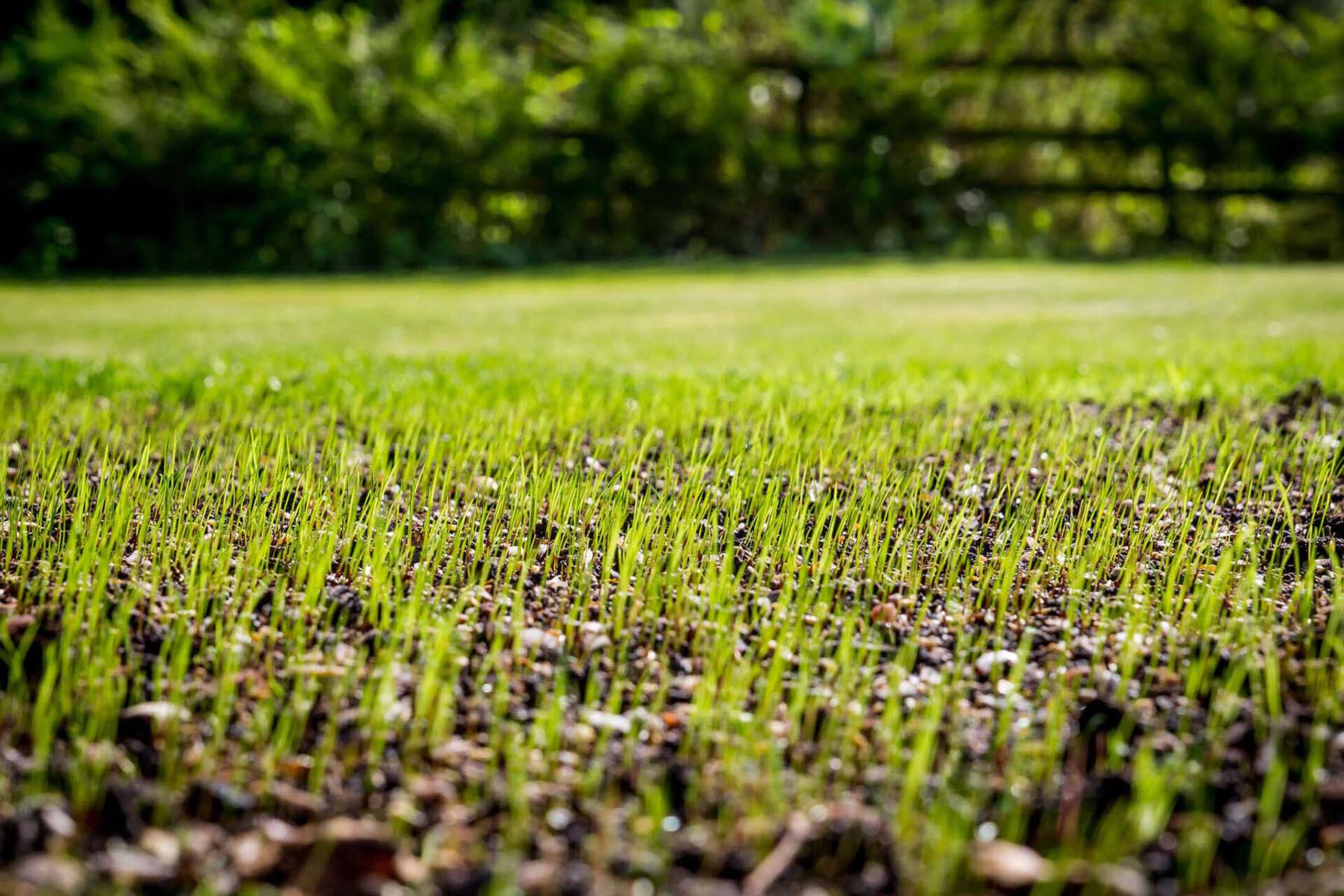



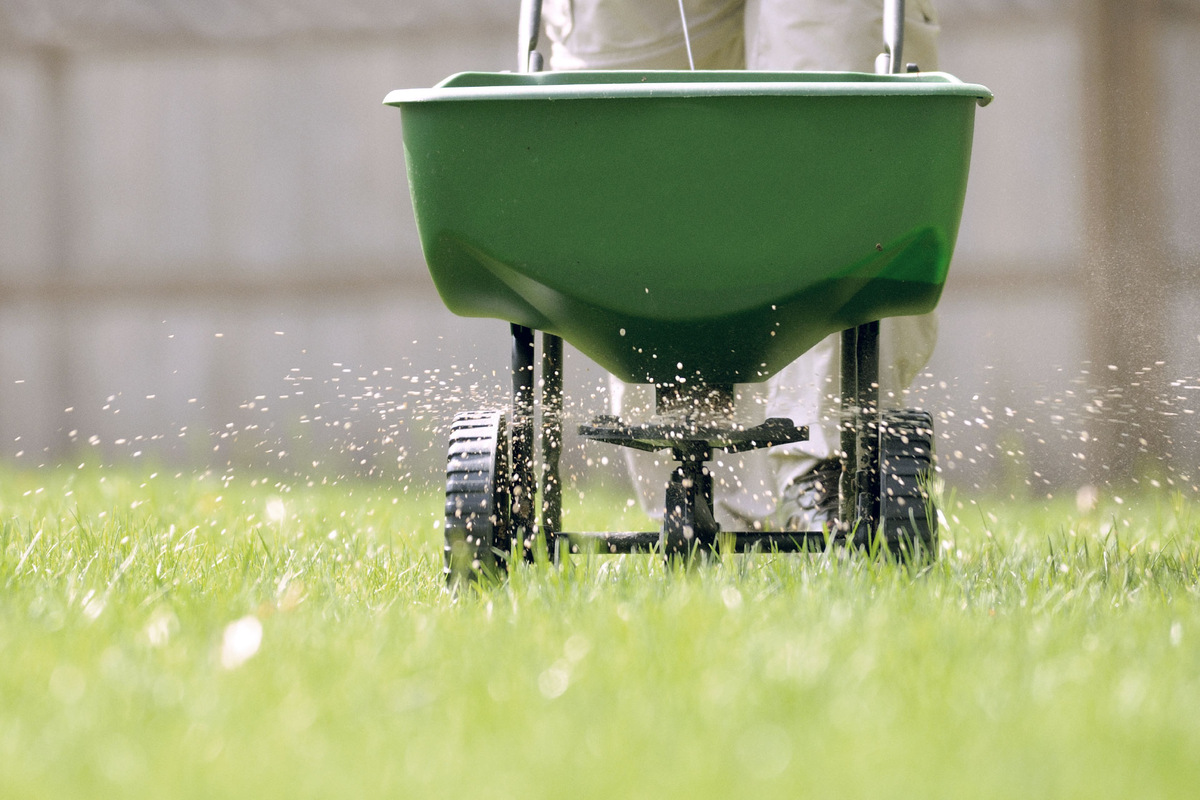


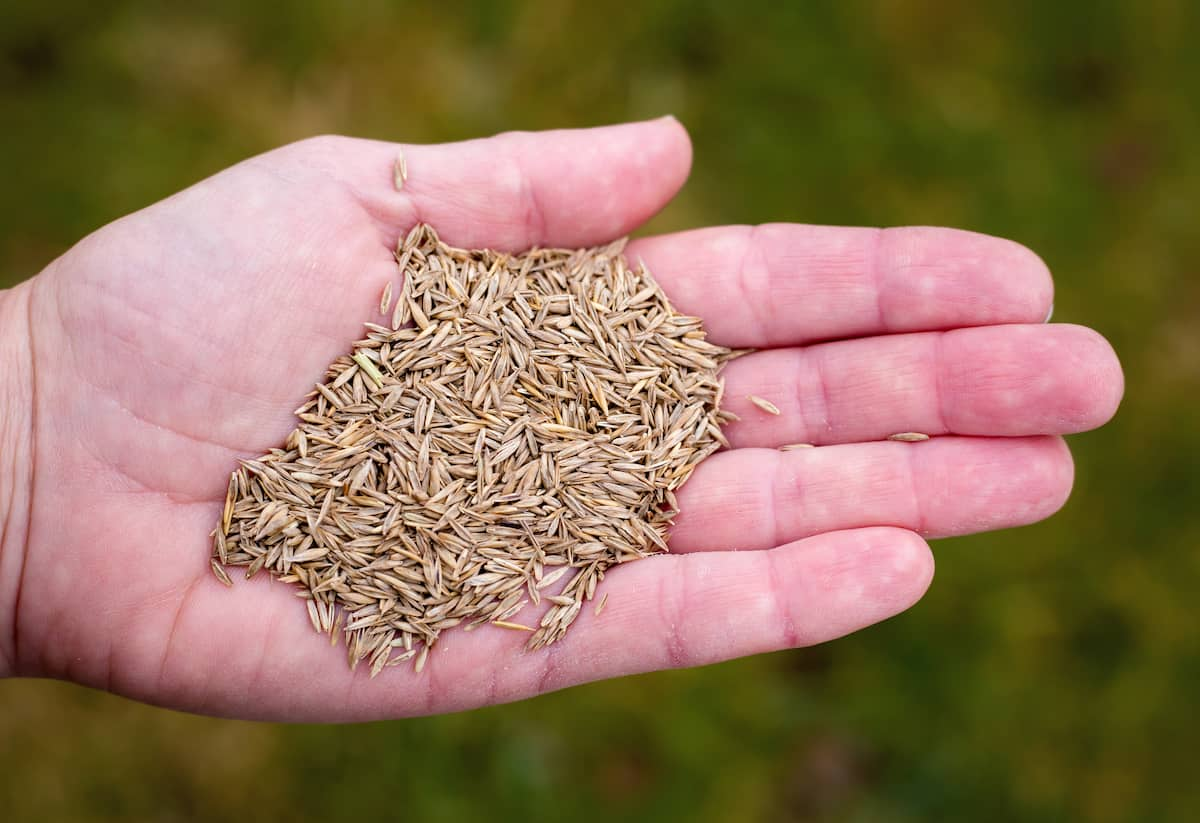
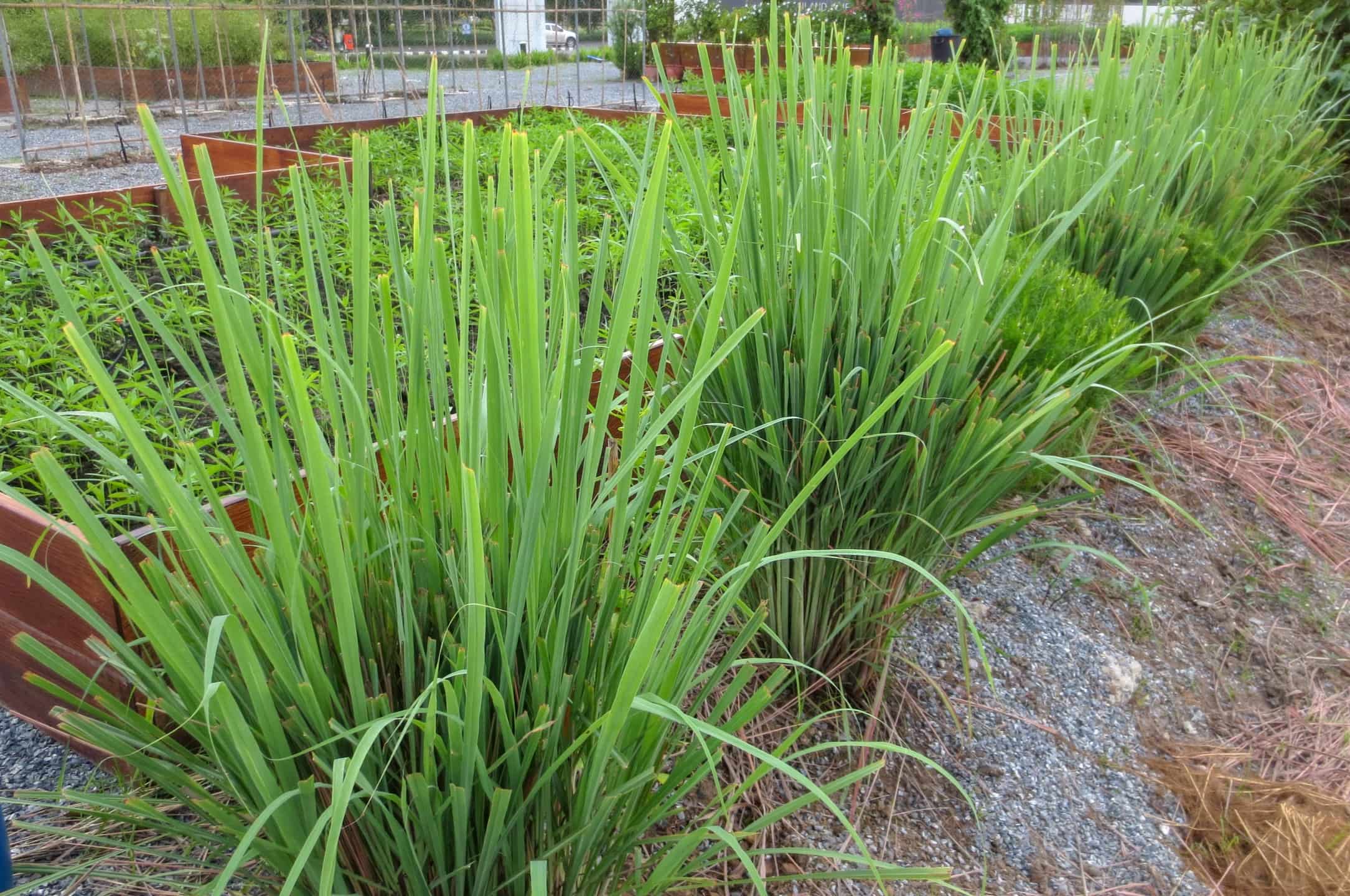


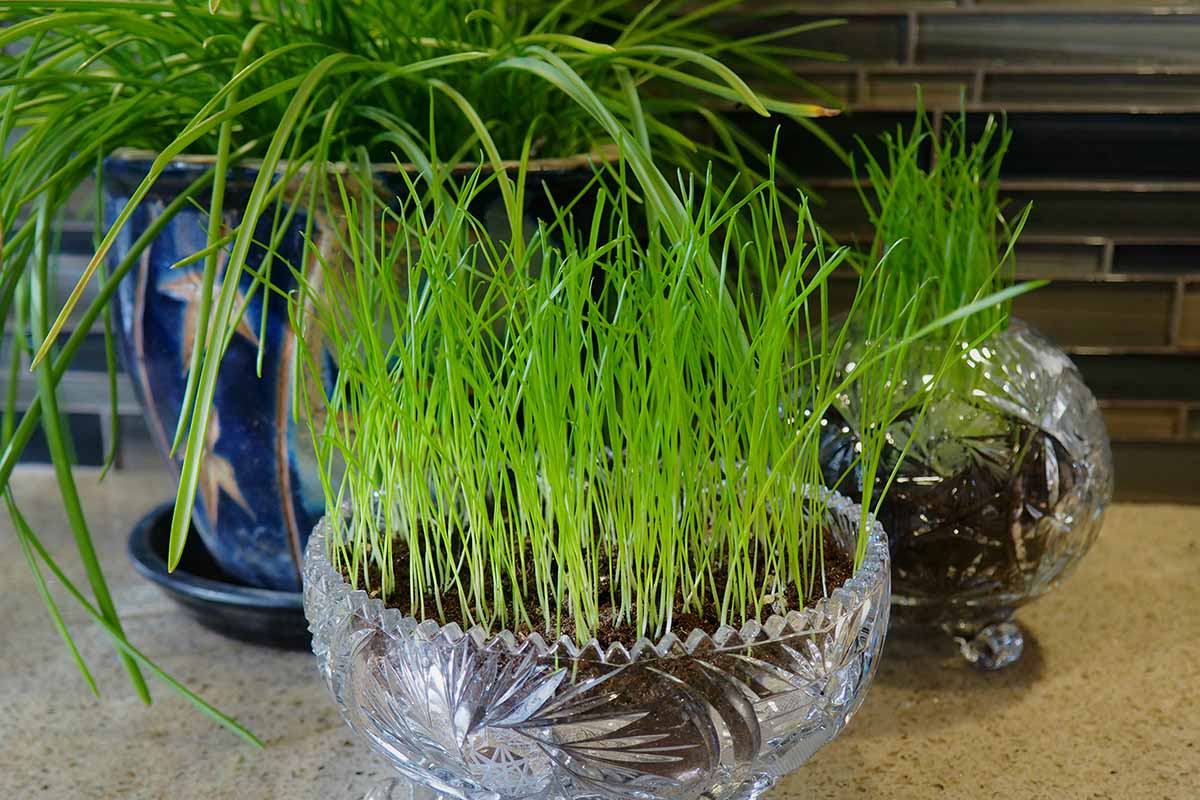

0 thoughts on “How To Encourage New Grass To Grow Faster”